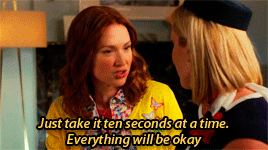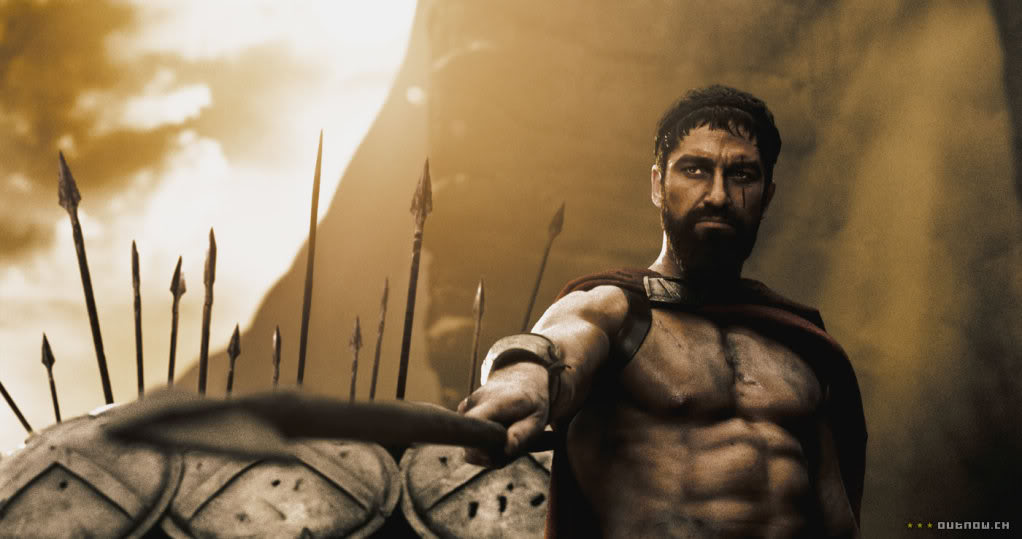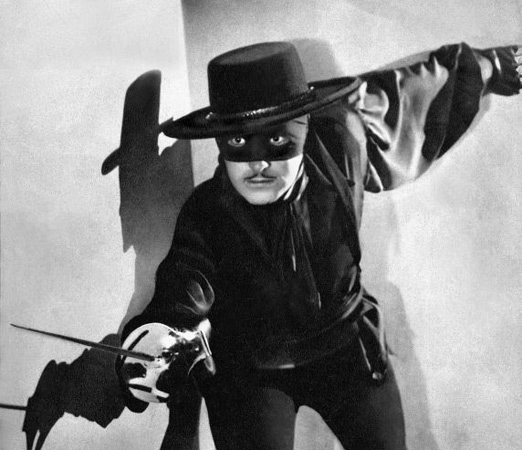Quick, here’s a thought experiment. Imagine that you have to do one of these things, whichever is furthest from your current comfort zone:
a) Become a world class competitive Street Fighter player
b) Run a sub-3 hour marathon
c) Redecorate your bathroom
There’s no particular reason that I’ve chosen these, except that they’re all a) Achievable for most people and b) Hard. You could do them, if you wanted to, however insane and daunting they seem when they’re written down and staring you in the face. The question is, how do you do them?
Here’s how: by worrying about the Next Action.
This is an idea I’ve (mostly) stolen from Dave Allen, whose book, Getting Things Done, is a classic of the productivity genre. A key to getting anything done, according to Allen, is deciding on the very next action you have to do, and (crucially) making that action as small as possible. Let’s say you’ve chosen to be amazing at Street Fighter: the next thing might be to simply look up what Street Fighter is. Then you need to buy a copy of Street Fighter, and then learn the moves to Street Fighter. Here’s the clear-cut version:
1. Make your plan
Write out the stuff you need to do. Make a list. Once it’s on paper it seems more manageable.
2. Split it up
A term Allen uses that I like is granularity: getting it down to the very next thing you can do. If we’re talking Street Fighter, ‘Learn the moves’ is not a good next action: ‘Learn Ryu’s special moves’ is a good next action, because that presents an extremely defined, manageable goal.
3. Eliminate the non-doable
Street Fighter again: you can’t learn the combos until you’ve learned the special move inputs, just like you can’t go running until you’ve got a decent pair of shoes. Hack your list down to the things you can do right now: there shouldn’t be too many of these.
4. Do the things
Allen’s rule: if you can do the next action in less than two minutes, do it right now – it’s more efficient to work that way than scheduling it for later. If you aren’t going to do the thing right now, at least decide what the smallest possible ‘next thing’ you can do when you decide to tackle your project is.
How this relates to training
Come on, you knew this was coming. This is a fine system for productivity, but I’ll go you one better: it’ll help you train harder, go faster, lift heavier and eat better. Here’s why:
Let’s talk about rowing again for a second. A 7-minute 2k, the standard I talk about all the time, is a very unpleasant thing to do. It can feel almost impossible, even when you’ve trained and peaked for it, even when you’re ready for it. Keeping a 1:45 pace for 7 minutes is…ugh. Just thinking about it, I don’t like it.
But here’s the thing: you don’t have to think about those next 7 minutes. Just think about the next action.
The first action in a row, realistically, is doing a couple of hard pulls while your ATP reserves are doing the grunt work, to start off. Then all you need to do is the first 1:45 500m. This is easy: of course you can do this.
The next 500, I’m not going to lie, is awful: if it isn’t, you’re going too slow. But it’s just 500m. Don’t kid yourself that you can slow down now and make up the time later: you can’t. Don’t let the pace drop to 1:47 – you won’t really feel any better, and you won’t hit the time. Don’t worry about the 3:30 that comes later. Just concentrate on the very next thing, which is keeping that monitor at 1:45 with every stroke.
BOOM. 1,000m in, and you’re nearly done. Now you’re on the home stretch. Yes, you’re hanging on, but you can hang on. Just do the next thing.
With 600m to go, you might be able to up the pace just a fraction. This is the next thing.
With 250m to go, all you have to do is 20 power strokes, with almost everything you’ve got left. Easy.
Once those power strokes are done, just go all-out with whatever you’ve got left. And you’re done.
Obviously this is an unfair example, because time expands around a Concept2 rower like it does around a black hole, but the principle works for anything that seems difficult, unpleasant or endless.
Don’t worry about sticking to your workout plan forever: just worry about doing the next workout, the next set, the next rep.
Don’t worry about eating more healthily for the rest of your life: just make a healthy decision about your next meal, your next snack, your next drink.
Don’t worry about changing your life. Just do the next action, and the next action, and the next action.
You’ll find it easier. And you’ll get things done.
HOMEWORK: Whatever the biggest goal in your life is right now, break it down to the very next action you can do (in less than two minutes) to get closer to it. Write it down on a post-it, do it, then cross it out. Get it done.









Love David Allen’s work, and have been using GTD (at various levels of commitment and, therefore, success) for years now. One of the most helpful (and, in retrospect, obvious) insights was that the “next action” may simply have to be to “brainstorm…” or “think about…” whatever the larger project is, in order to properly visualize, define, and list the tasks for an endeavor that may seem overwhelmingly large, ambiguous or amorphous when first identified.